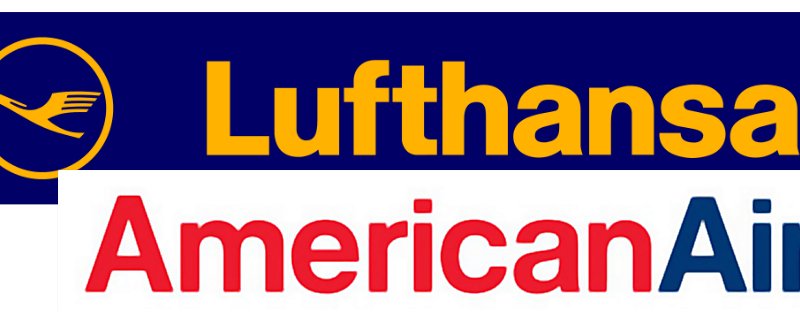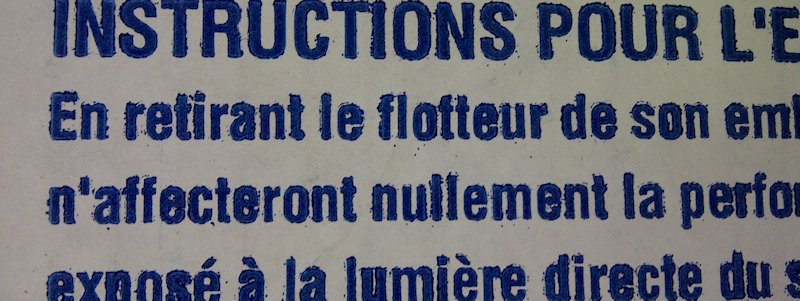It's all in the Medium
It is important to point out that there is not one Helvetica. Infact, there are so many different Helveticas, it would probably be impossible to list them all. Bur especially concerning major revisions, what unites them all is the fact that they are all children of their medium.
Metallica:
Variations started as early has 1959, when the Stempel foundry in Frankfurt began making versions of the typeface for Linotype printing machines. In fact, it was only this — completely redrawn and specially fitted — version of the typeface that initially carried the name Helvetica, in an effort to make the typeface more easily internationally marketable.
Photovetica:
When typesetting moved from metal to photosetting, the Typeface again was redrawn and respeaced, to fit the new 18-unit spacing grid imposed by the early technology.
Digitalica
When Helvetica moved into the digital medium with the first PostScript printers and software, it again changed. You can probably even tell this from the fact that every modern Macintosh Computer has at least two versions of the typeface installed: The Photosetting sourced Helvetica, and Neue Helvetica (not Helvetica Neue), a redesign of the redesign.


